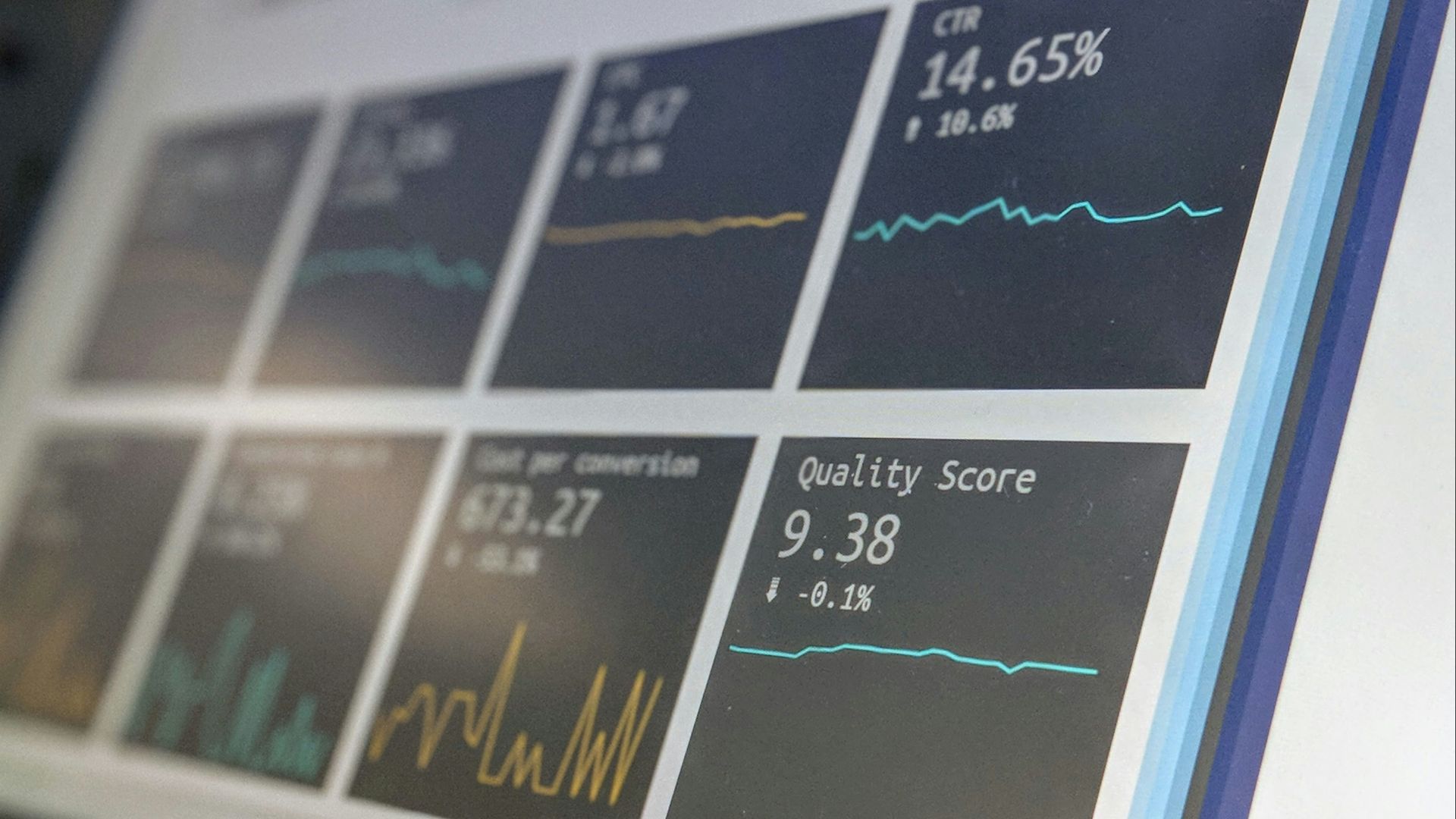Why ETFs Have Become So Popular
Exchange-traded funds (ETFs) have exploded in popularity over the last two decades, offering investors a flexible, cost-effective way to build wealth. But like any financial instrument, ETFs aren’t perfect. Before you lay down your hard-earned money, it’s important to weigh both the advantages and the potential downsides.
What Exactly Is An ETF?
An ETF is a type of investment fund that holds a diversified portfolio of assets like stocks, bonds, or commodities, and trades on an exchange like a stock. Unlike mutual funds, ETFs can be bought and sold throughout the day at market price.
Advantage: Diversification In A Single Investment
ETFs let you diversify across hundreds or even thousands of securities with one purchase. This built-in diversification lowers yours risk of being overly exposed to one company, sector, or region. This helps to stabilize your overall returns.
Advantage: Lower Fees Than Mutual Funds
Most ETFs have much lower expense ratios than actively managed mutual funds. Because they’re often passively managed to track an index, they don’t need as much oversight. This translates into fewer management fees that eat into your profits.
 Photo By: Kaboompics.com, Pexels
Photo By: Kaboompics.com, Pexels
Advantage: Tax Efficiency
ETFs are generally more tax-efficient than mutual funds. They have their own unique creation and redemption process that minimizes capital gains distributions, which can help investors hold on to more of their earnings over time and reduce tax-related surprises.
Advantage: Intraday Trading Flexibility
Unlike mutual funds, which only trade once per day after market close, ETFs can be bought or sold throughout the trading day. This gives investors the flexibility to react quickly to market news or adjust their portfolios as opportunities come up.
Advantage: Access To Many Asset Classes
ETFs give retail investors access to a wide range of asset classes, from US equities and emerging markets to gold, real estate, and even cryptocurrency. This versatility makes them useful for those determined to keep a diversified and balanced portfolio.
Advantage: Transparency Of Holdings
Most ETFs disclose their holdings every day, so you always know exactly what assets you’re invested in. This transparency gives you better ability to track what’s going on and make informed decisions compared to some mutual funds that don’t reveal holdings as frequently.
Advantage: Ease Of Entry For New Investors
ETFs are beginner-friendly. With one ETF purchase, a new investor can gain exposure to an entire index like the S&P 500, or a specific sector like tech or healthcare without the need to do deep research on all kinds of arcane matters pertaining to individual stocks.
Disadvantage: Trading Costs Can Add Up
While ETF expense ratios are low, frequent buying and selling can lead to additional brokerage fees and trading commissions. If you’re a very active trader, costs can accumulate quickly this way, reducing the cost advantage of ETFs.
Disadvantage: Market Volatility Exposure
Because ETFs trade intraday like stocks, their prices also can fluctuate throughout the day. This volatility may tempt you to make emotional or irrational decisions, like panic-selling during market dips, undermining your long-term performance.
Disadvantage: Tracking Errors
ETFs are designed to follow an index, but sometimes their performance doesn’t perfectly match it. This discrepancy is known as tracking error, and it can occur as a result of management decisions, fees, or imperfect replication of the benchmark.
Disadvantage: Risk Of Too Much Diversification
While diversification is generally positive, it’s possible to own too many overlapping ETFs that track similar indexes. This redundancy can diminish your returns and may actually make it hard to truly know what your portfolio is invested in.
Disadvantage: Hidden Complexity In Specialized ETFs
Leveraged, inverse, or thematic ETFs are where things start to get a little more exotic for most people. These specialized products can be risky; they may not perform as expected, particularly over the long term, and can result in outsized losses for unprepared investors.
Disadvantage: Lack Of Control Over Holdings
When you invest in an ETF, you aren’t able to pick and choose individual securities. If the fund owns companies you’d prefer to avoid, whether because of ethical concerns or poor performance, you’re still indirectly exposed to them.
Disadvantage: Potential Illiquidity In Niche ETFs
While large ETFs trade actively, some niche or sector-specific ETFs may have lower trading volumes. This illiquidity can make it harder to buy or sell shares at a fair price, especially during times of market volatility.
 Photo By: Kaboompics.com, Pexels
Photo By: Kaboompics.com, Pexels
Balancing ETFs With Other Investments
ETFs work best as only one component of a larger investment strategy. Balancing them with other vehicles, like individual stocks, bonds, or mutual funds, can give you flexibility, stability, and more control over your portfolio’s goals.
How To Choose The Right ETF
When you choose an ETF, think of key indicators like the fund’s expense ratio, liquidity, tracking accuracy, and underlying index. Review the fund’s history and assets under management (AUM) to confirm to yourself that it’s established and efficiently managed.
Should You Work With An Advisor?
Even though ETFs are accessible, an experienced financial advisor can help ensure that your choices align with your personal financial goals, risk tolerance, and tax strategy. Sound guidance can help you avoid costly beginner mistakes, especially if you’re intent on constructing diversified portfolios.
ETFs Are Tools, Not Guarantees
ETFs offer tremendous advantages, from diversification to low fees but they aren’t a one-size-fits-all solution. Having a strong grasp of their strengths and weaknesses will help you use them wisely and avoid the classic pitfalls that could derail your financial ambitions.
You May Also Like:
ETF vs. Index Fund: Which One Is Actually Better for Beginners?

























